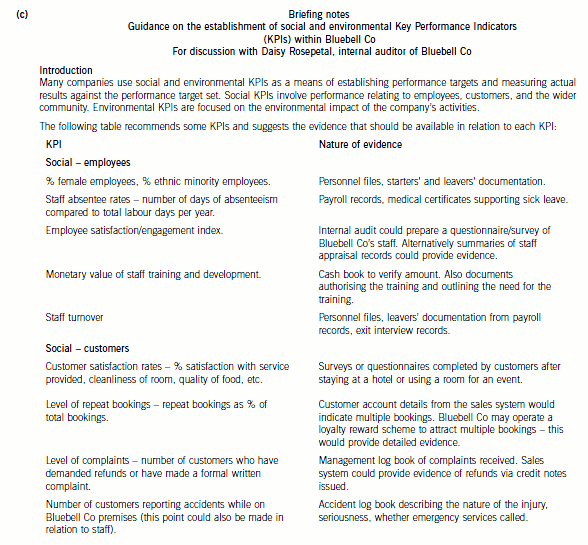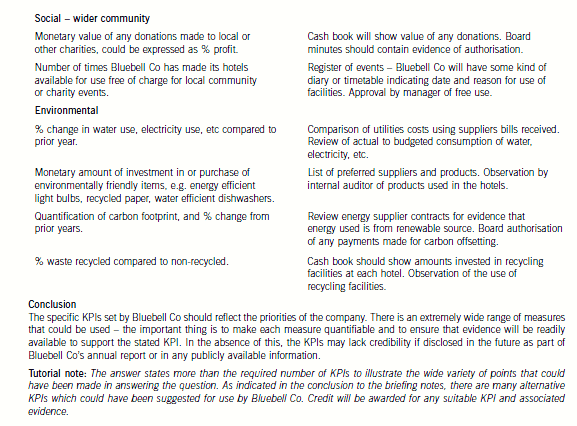ACCA考试F4模拟试题(2020-08-15)
发布时间:2020-08-15
好的学习方法加做题练习,考试才能事半功倍,为了帮助大家更好的备考,下面51题库考试学习网就带领大家一起来看看,ACCA考试F4模拟试题,备考的小伙伴赶紧来练习练习吧。
4 Stine, the owner of an office building,
and Mering concluded a three-year leasing agreement in January 2012. Mering
would use the first floor to open a restaurant. The annual rental should be
paid on the first of each month.
In 2013 Stine and Mering entered into a
service agreement, by which Mering would provide meals to the employees of
Stine. The service fees would be paid on a quarterly basis.
In June 2014, Mering was declared bankrupt
by a court which designated a bankruptcy administrator responsible for the
liquidation. The bankruptcy administrator found that Mering had failed to pay
the rental for 2014. Stine claimed the rental due for the year of 2014 as his
credit and requested to offset the meal service fees for the first and second
quarters of 2014. Stine also declared dissolution of the leasing agreement
between the two parties.
Required:
In accordance with the Enterprise
Bankruptcy Law:
(a) State whether Stine’s request to offset
the meal service fees was in conformity with the law.
(b) State how to deal with Stine’s request
to dissolve the leasing contract.
(c) State what benefit Stine could have if
its request to offset was accepted.
答案:
4 (a) According to the Enterprise
Bankruptcy Law, where a creditor is indebted with their debtor before the bankruptcy
application is accepted by the court, they may claim for debts’ offset to the
bankruptcy administrator. Since the rental for the year of 2014 was due and the
two quarters of service fees occurred before the acceptance of the application
by the court, Stine’s debt might be offset from his credit.
(b) According to the law, after the court
accepts a bankruptcy application, the bankruptcy administrator shall decide to
terminate or continue to perform the contract and notify the decision to the
other parties concerned. Mering was declared bankrupt and lost its capacity, so
it would be impossible to continue the leasing contract. Therefore the request
of Stine to terminate the leasing contract was in conformity with the law.
(c) By way of offsetting, Stine might
reduce his losses in the liquidation process. Since Mering was unable to settle
its debts due, it meant that the credits of all creditors could not be repaid
fully at the end of liquidation. Therefore the debts owed to Mering should be
settled in full by Stine.
以上就是51题库考试学习网分享给大家的ACCA考试F2考试试题的内容,希望可以帮助到大家。如果想要了解更多关于ACCA考试的试题,敬请关注51题库考试学习网!
下面小编为大家准备了 ACCA考试 的相关考题,供大家学习参考。
A new internal auditor, Daisy Rosepetal, has recently joined Bluebell Co. She has been asked by management to
establish and to monitor a variety of social and environmental Key Performance Indicators (KPIs). Daisy has no
experience in this area, and has asked you for some advice. It has been agreed with Bluebell Co’s audit committee
that you are to provide guidance to Daisy to help her in this part of her role, and that this does not impair the
objectivity of the audit.
(c) Recommend EIGHT KPIs which could be used to monitor Bluebell Co’s social and environmental
performance, and outline the nature of evidence that should be available to provide assurance on the
accuracy of the KPIs recommended. Your answer should be in the form. of briefing notes to be used at a
meeting with Daisy Rosepetal. (10 marks)
Note: requirement (c) includes 2 professional marks.


(ii) the factors that should be considered in the design of a reward scheme for BGL; (7 marks)
(ii) The factors that should be considered in the design of a reward scheme for BGL.
– Whether performance targets should be set with regard to results or effort. It is more difficult to set targets for
administrative and support staff since in many instances the results of their efforts are not easily quantifiable. For
example, sales administrators will improve levels of customer satisfaction but quantifying this is extremely difficult.
– Whether rewards should be monetary or non-monetary. Money means different things to different people. In many
instances people will prefer increased job security which results from improved organisational performance and
adopt a longer term-perspective. Thus the attractiveness of employee share option schemes will appeal to such
individuals. Well designed schemes will correlate the prosperity of the organisation with that of the individuals it
employs.
– Whether the reward promise should be implicit or explicit. Explicit reward promises are easy to understand but in
many respects management will have their hands tied. Implicit reward promises such as the ‘promise’ of promotion
for good performance is also problematic since not all organisations are large enough to offer a structured career
progression. Thus in situations where not everyone can be promoted there needs to be a range of alternative reward
systems in place to acknowledge good performance and encourage commitment from the workforce.
– The size and time span of the reward. This can be difficult to determine especially in businesses such as BGL
which are subject to seasonal variations. i.e. summerhouses will invariably be purchased prior to the summer
season! Hence activity levels may vary and there remains the potential problem of assessing performance when
an organisation operates with surplus capacity.
– Whether the reward should be individual or group based. This is potentially problematic for BGL since the assembly
operatives comprise some individuals who are responsible for their own output and others who work in groups.
Similarly with regard to the sales force then the setting of individual performance targets is problematic since sales
territories will vary in terms of geographical spread and customer concentration.
– Whether the reward scheme should involve equity participation? Such schemes invariably appeal to directors and
senior managers but should arguably be open to all individuals if ‘perceptions of inequity’ are to be avoided.
– Tax considerations need to be taken into account when designing a reward scheme.
(ii) Explain the organisational factors that determine the need for internal audit in public listed companies.
(5 marks)
(ii) Factors affecting the need for internal audit and controls
(Based partly on Turnbull guidance)
The nature of operations within the organisation arising from its sector, strategic positioning and main activities.
The scale and size of operations including factors such as the number of employees. It is generally assumed that larger
and more complex organisations have a greater need for internal controls and audit than smaller ones owing to the
number of activities occurring that give rise to potential problems.
Cost/benefit considerations. Management must weigh the benefits of instituting internal control and audit systems
against the costs of doing so. This is likely to be an issue for medium-sized companies or companies experiencing
growth.
Internal or external changes affecting activities, structures or risks. Changes arising from new products or internal
activities can change the need for internal audit and so can external changes such as PESTEL factors.
Problems with existing systems, products and/or procedures including any increase in unexplained events. Repeated or
persistent problems can signify the need for internal control and audit.
The need to comply with external requirements from relevant stock market regulations or laws. This appears to be a
relevant factor at Gluck & Goodman.
声明:本文内容由互联网用户自发贡献自行上传,本网站不拥有所有权,未作人工编辑处理,也不承担相关法律责任。如果您发现有涉嫌版权的内容,欢迎发送邮件至:contact@51tk.com 进行举报,并提供相关证据,工作人员会在5个工作日内联系你,一经查实,本站将立刻删除涉嫌侵权内容。
- 2020-10-08
- 2020-08-15
- 2020-08-15
- 2020-10-08
- 2020-08-15
- 2020-08-15
- 2020-08-15
- 2020-10-08
- 2020-10-08
- 2020-08-15
- 2020-10-08
- 2020-08-15
- 2020-08-15
- 2020-08-15
- 2020-10-08
- 2020-08-15
- 2020-10-08
- 2020-10-08
- 2020-08-15
- 2020-08-15
- 2020-08-15
- 2020-08-15
- 2020-08-15
- 2020-08-15
- 2020-08-15
- 2020-08-15
- 2020-10-08
- 2020-10-08
- 2020-08-15
- 2020-10-08